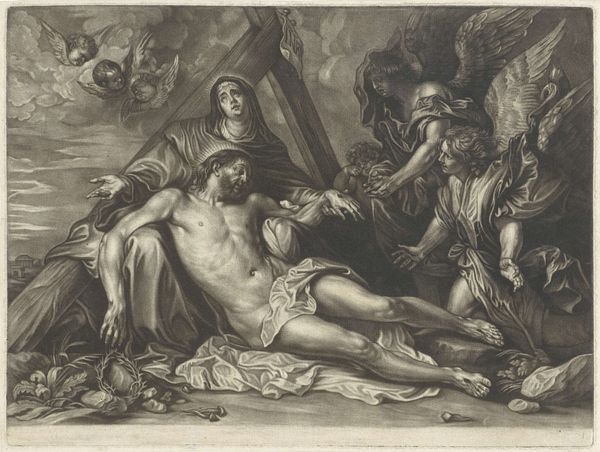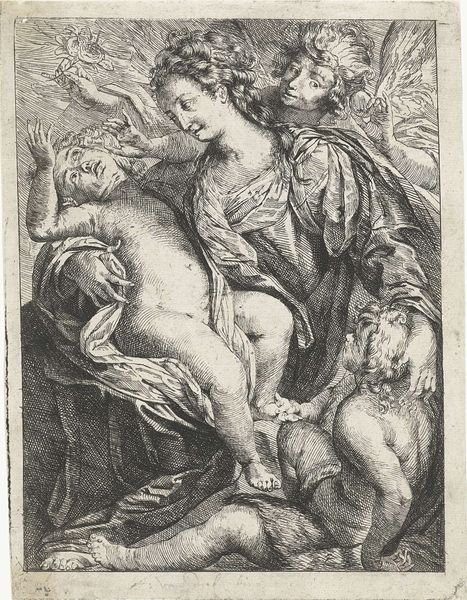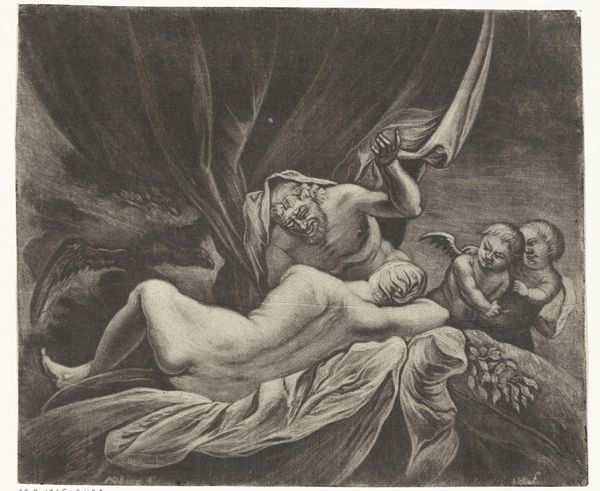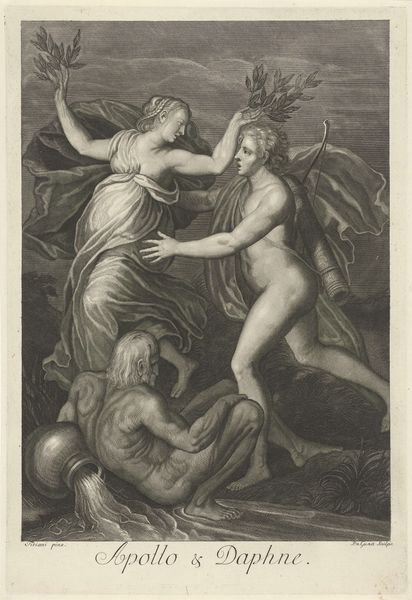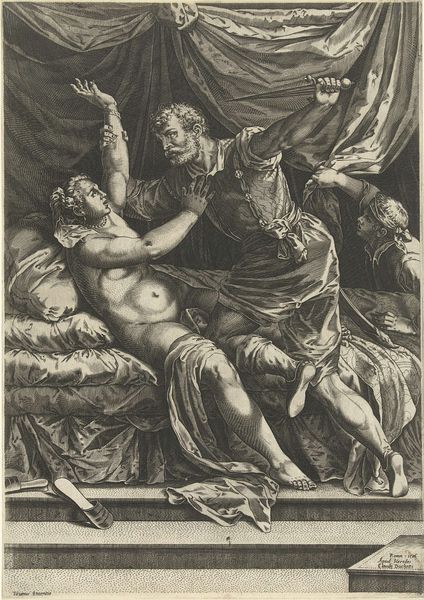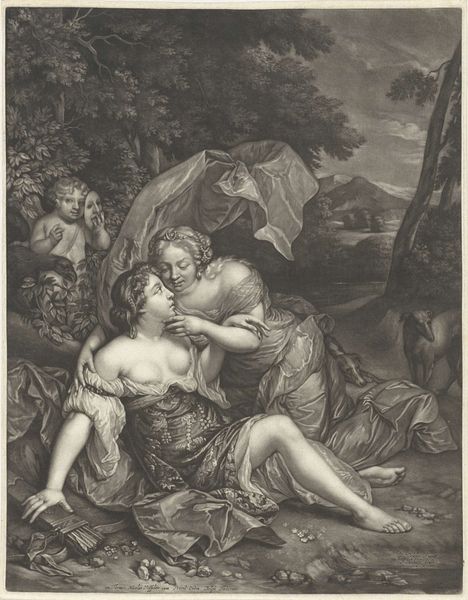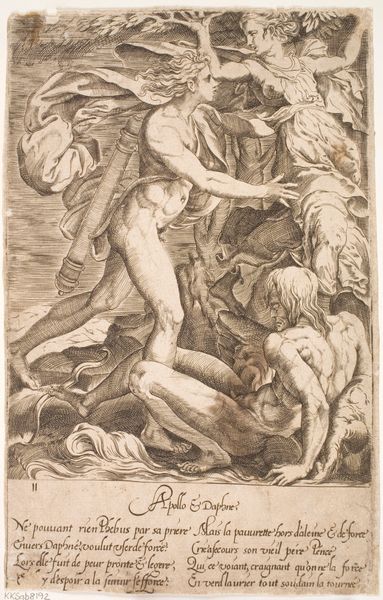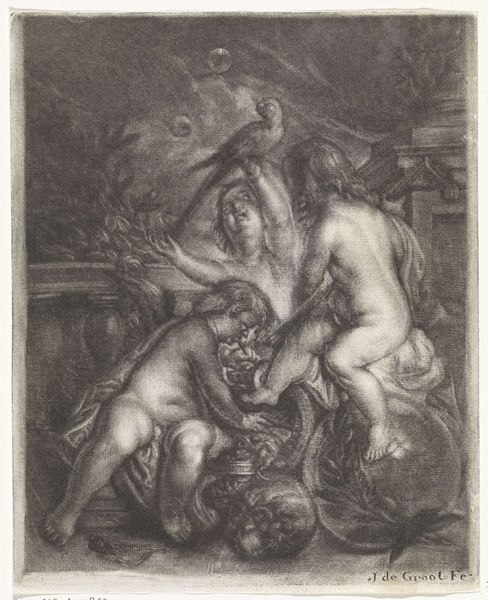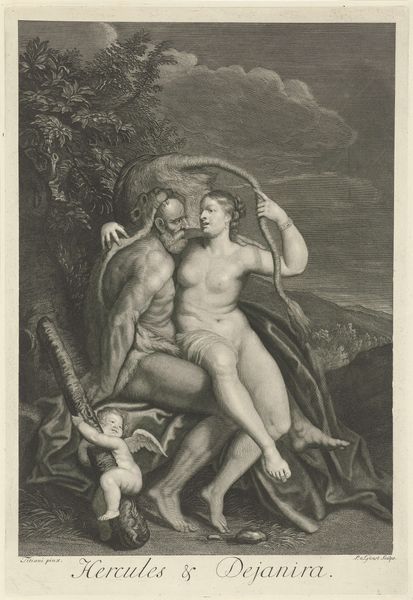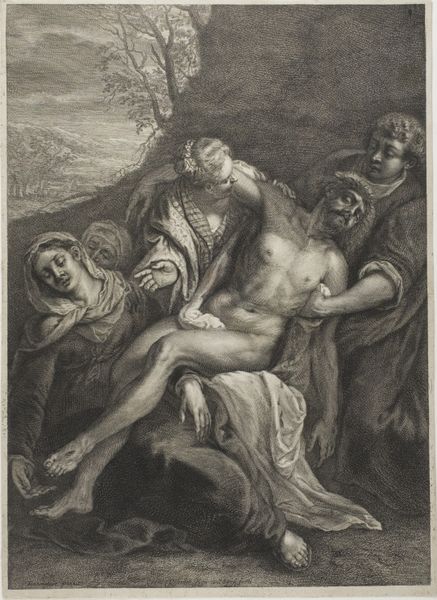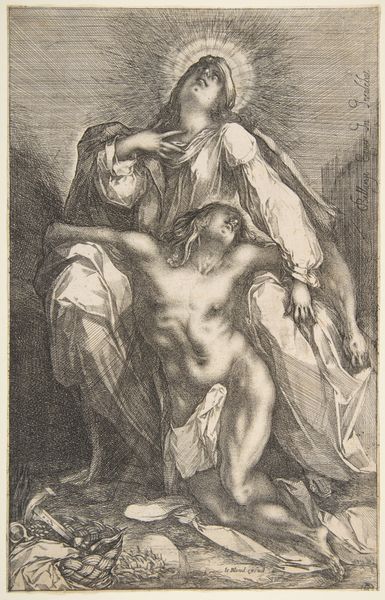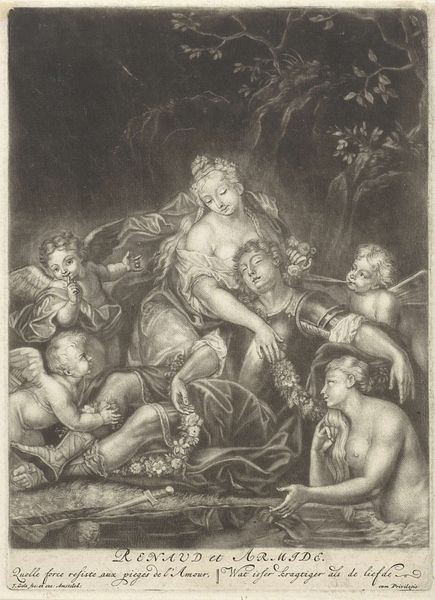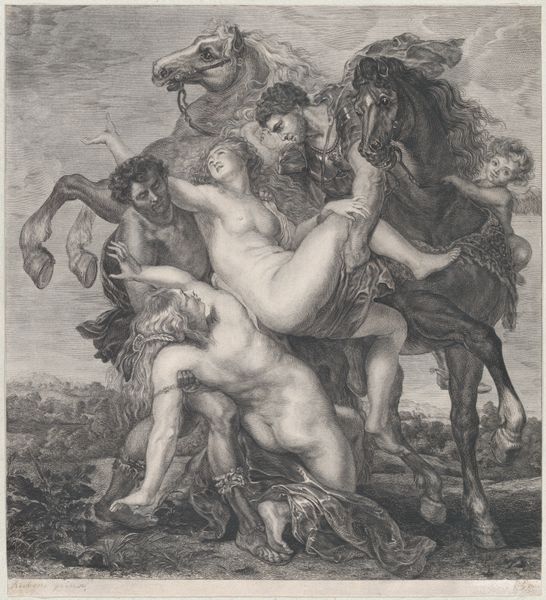
engraving
#
baroque
#
history-painting
#
nude
#
engraving
Dimensions: height 255 mm, width 201 mm
Copyright: Rijks Museum: Open Domain
Jacob Gole created this engraving, Triomf van Galatea, in the late 17th or early 18th century. It’s a period when the Dutch Republic was a major power, known for its trade and its art. The work depicts a scene from Greek mythology, Galatea’s triumph. Galatea, a Nereid, is shown here as the ideal of feminine beauty of the time. We see her as a symbol of power, and the eroticism of the scene is hard to ignore. But what does it mean to depict a woman this way? Is she truly powerful, or is she just an object of male gaze? It’s important to remember that Gole was a man working in a male-dominated society. His portrayal of Galatea may reflect the values and beliefs of his time, including its gender and class biases. What does it mean to look at this image today, knowing what we do about power, gender, and representation?
Comments
No comments
Be the first to comment and join the conversation on the ultimate creative platform.
